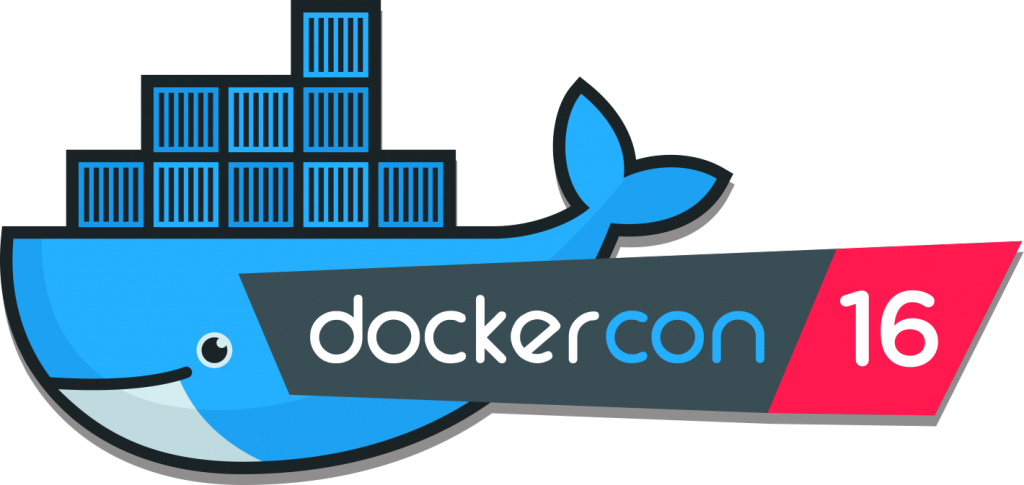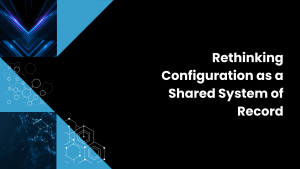Full Coverage of DockerCon 2016 on theCUBE (video interviews)
- Event: DockerCon 2016
- Date: June 20-21, 2016
- Location: Seattle, WA
- Attendance: 2500
- Keynotes, Sessions Videos and Announcements: https://blog.docker.com/2016/06/dockercon-general-session-video/
Overview:
DockerCon 2016 was the 3rd year of the event being held in the United States. The event is hosted by Docker, Inc. and is focused on both the Docker (open source) community and the commercial offerings from Docker, Inc and their ecosystem of partners.
In past years, Docker, Inc. has primarily focused on the rapid growth trajectory of the open source community (downloads, usage, stars on GitHub, images on DockerHub) and the set of tools created by Docker, Inc. (e.g. DockerHub, Docker Trusted Registry, Docker, Swarm, etc.). The Docker architectural model follows the “batteries included but removable” philosophy, which allowed a large ecosystem to grow around the core Docker technologies.
Summary of Announcements:
- Docker embeds Container Orchestration in the core Container technology – In the past, Docker had separated the core container technology (“Docker Machine”) from the container orchestration (“Docker Swarm”). The container technology resides on each server and creates containers (similar to a VMware/Hyper-V/Xen hypervisor) and the orchestration technology coordinates the location of where containers are deployed (similar to VMware vCenter). Setting up the orchestration technology (“Swarm”) was somewhat complicated, so embedding it within Docker Machine will now make it simpler for operators to configure and maintain a Containers-as-a-Service (CaaS) environment. Docker Swarm competes with alternative container orchestration technologies such as Kubernetes, Mesos and Cloud Foundry Diego.
- Docker for Mac and Windows – One of the value propositions of Docker is “consistent portability of applications”. These new tools will make it simpler for developers to build and test Docker-ized applications on their laptop and then move them into Test, Staging, Production without having to change the application.
- Docker for AWS and Azure – While both AWS and Azure offering container orchestration services on their public cloud, there are aspects of each service that are not run by the customer (e.g. orchestration), so Docker is now offering an alternative approach while would allow customers to more easily move the entire CaaS to another cloud environment. AWS ECS does not run Docker Swarm, and Azure Container Service offerings options for both Docker Swarm and Mesosphere as the container scheduler.
- Distributed Application Bundles (DAB) – When building services-oriented, microservices applications, the need to coordinate multiple containers and dependencies can be complicated. Docker is introducing Distributed Application Bundles as a way to create a standardized file-format that will link together the various components of an application and simplify how it can be tested and deployed.
- Docker Store – 3rd-party companies have been able to publish their software in DockerHub for several years, but there was not any mechanism to execute monetary transactions for that commercial software. The Docker Store brings an AppStore functionality to the Docker community.
Analysis:
There were three common questions that were being asked at DockerCon 2016:
- How quickly is container adoption actually happening with customers, and what use-cases are driving the adoption? Several user-feedback surveys were released prior to DockerCon which addressed part of this question: (New Relic, Cloud Foundry Foundation, ClusterHQ, Rightscale).
- How well is Docker, Inc. able to monetize their business? Docker has taken $180M in VC funding and the industry is looking to them as the bellwether for not only container adoption, but monetization around container-centric applications.
- How well is the Docker, Inc. ecosystem doing in terms of monetization and ability to work with Docker’s “batteries included but removable” architecture? For any ecosystem to thrive and grow, it must have opportunities to succeed and be given clear guidance on where they can compete and innovate.
While Docker, Inc. is a private company and does not disclose revenues or financial guidance, several of their executives said that they are seeing traction with many F500 opportunities, and they intend to build a company that will allow their ecosystem to generate $8-10 of revenue for each $1 of Docker, Inc. revenue.
At DockerCon 2016, Docker, Inc. clearly laid out their plans to monetize the company. Their strategy includes focus on:
- Overall, Docker, Inc. is taking a similar architectural and strategic approach to the VMware playbook from 2008-2015. They have a strong community base of Docker (container) users, and they are now wrapping enhanced capabilities around that footprint (e.g. Docker Swarm, Docker Trusted Registry, Docker Content Trust, etc.). They are attempting to deliver a complete offering to the marketplace, while still allowing areas for their ecosystem to plug into the Docker, Inc. architecture and add value to customers.
- Continuing to expand the Docker Datacenter offering and simplify the operational experience for customers. The move to integrate Docker Swarm into Docker Machine allows Docker to deliver a more integrated experience, similar to other Platform-as-a-Service offerings in the marketplace (see Wikibon Research on “Architectural Considerations for Open-Source PaaS and Container Platforms” – http://wikibon.com/architectural-considerations-for-open-source-paas-and-container-platforms/).
- By offering the Docker Store, Docker, Inc. can become a sales and marketing route-to-market for the Docker ecosystem.
- While many public cloud providers are offering PaaS and CaaS offerings, Docker, Inc. is attempting to also give the market an alternative path to use those public cloud services as infrastructure, but retain operational control over the entire environment to ensure portability of applications in the future.
Key Takeaways:
Docker, Inc. and the overall Docker community continues to grow at a very rapid pace. Docker, Inc. is now transitioning from being the leader of a popular open source project (Docker) to a company with a focus on financial goals and longer-term operations. Docker, Inc. continues to expand their product portfolio, both with packaged software that can run on-premises and in the public cloud, but is also beginning to offer a set of SaaS services (e.g. DockerHub, Docker Store, Docker Cloud, etc.) that can augment customer deployments. Architecturally, Docker is returning to their PaaS roots and beginning to compete more with open source PaaS and CaaS platforms such as Cloud Foundry, OpenShift and Mesos.
IT organizations and application developers looking to build modern applications should evaluate the expanded set of Docker offerings to see if they meet their application development and operational requirements. Docker, Inc. is attempting to deliver and end-to-end offering that can run on any cloud environment, with a focus on simplifying the installation and on-going operations of the overall system.



